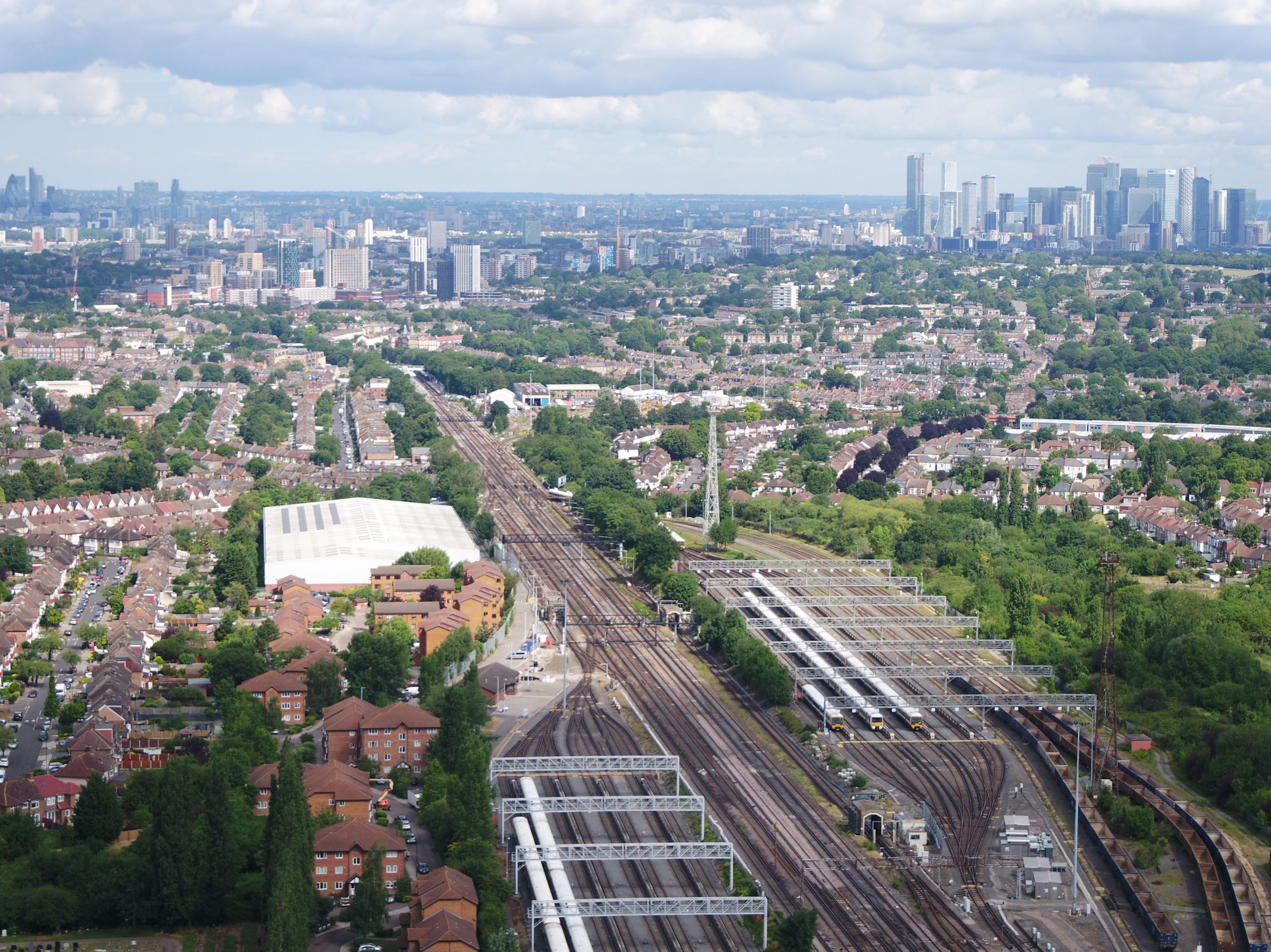styles
Member

On track and online: landmark deal to end mobile dead zones
Project Reach deal signed to boost connectivity and remove mobile signal blackspots on the rail network.
Commuters will soon be able to work seamlessly and stay connected with loved ones as the Transport Secretary lands a landmark deal to eliminate mobile blackspots on Britain’s busiest rail routes.
The breakthrough agreement will transform daily journeys for millions of passengers who currently face the frustration of dropped calls and interrupted streaming on key routes between London, Manchester, Newcastle and Cardiff.
The deal, named Project Reach and signed today (26 June 2025) between Network Rail, and telecoms companies, Neos Networks and Freshwave marks the end of passengers having to pause important work calls or cut short conversations with family members when trains enter notorious signal blackspots.
The project’s innovative commercial model brings together public and private sector investment and infrastructure and is expected to save taxpayers around £300 million while creating a high-performing digital connectivity backbone for businesses, supporting the UK’s digital ambitions.
Project Reach will initially see Neos Networks deploy 1,000 kilometres of ultra-fast fibre optic cable along the East Coast Main Line, parts of the West Coast Main Line and the Great Western Main Line, with ambition to expand beyond 5,000 kilometres in the near future.
In addition to this, Freshwave will tackle signal blackspots in 57 tunnels, covering almost 50 kilometres, including the 4-kilometre-long Chipping Sodbury tunnel near Bristol.
As part of the deal, mobile network operators will also invest in new 4G/5G infrastructure at 12 of the biggest Network Rail stations across the country including Birmingham New St, Bristol Temple Meads, Edinburgh Waverley, Euston, Glasgow Central, King’s Cross, Leeds, Liverpool Lime Street, Liverpool Street, Manchester Piccadilly, Paddington and Waterloo.
Heidi Alexander, Secretary of State for Transport, said:
This is a game changer for passengers up and down the country and will revolutionise journeys from Paddington to Penzance and Edinburgh to Euston.
By boosting connectivity and tackling signal blackspots, we are also ensuring a more reliable and efficient service.
This means better journeys for passengers while supporting our broader Plan for Change goals of economic growth and digital innovation.
This is a multi-year project with the first installation of mobile infrastructure expected to begin in 2026 and fully rolled out by 2028.
The enhanced network will also enable better monitoring of railway assets and facilitate new technologies that rely on improved connectivity, paving the way for more reliable train services and improved safety for railway workers.
Jeremy Westlake, Network Rail’s Chief Financial Officer, said:
I’m delighted that we have now signed this innovative deal with our partners Neos Networks and Freshwave.
This investment model will deliver the necessary upgrades to our telecoms infrastructure faster whilst offering significant value-for-money for the taxpayer and stimulating wider economic benefits across the country.
As we move towards becoming a unified railway with the formation of Great British Railways, the enhanced telecoms infrastructure will play a key role in our ambition to provide a data-driven railway of the future, delivering better connectivity and a better, more reliable train service for our passengers.
Lee Myall, CEO of Neos Networks, said:
Project Reach will support the upgrade of the UK’s connectivity infrastructure, creating new data superhighways that will drive the UK’s digital ambitions forward.
Jacqueline Starr, Executive Chair and Chief Executive Officer of Rail Delivery Group, said:
We know how much customers value good mobile connections when they travel and we’re delighted that a digitally connected railway will soon become a reality. Travelling by rail drives economic growth by connecting businesses and communities, improving productivity, and supporting the transition to net zero.
This vital upgrade to telecoms across the network will give everyone the opportunity to stay connected, wherever they’re headed.
This partnership marks a major stride towards improved performance and better services for passengers as part of Great British Railways, as the Transport Secretary continues to deliver the government’s Plan for Change with a more connected, efficient, and passenger-focused railway fit for the future.
It also builds on £41 million confirmed in the government’s National Infrastructure Strategy to introduce low-earth-orbit satellite connectivity on all mainline trains, significantly improving both the availability and internet data connection speeds for wifi connected passengers.
Be good if this is actually delivered. I'd rather this than focussing on WiFi to be honest. Mobile data in the UK is cheap and fast. There should be WiFi also but it can just use mobile data if the dead zones are eliminated.

